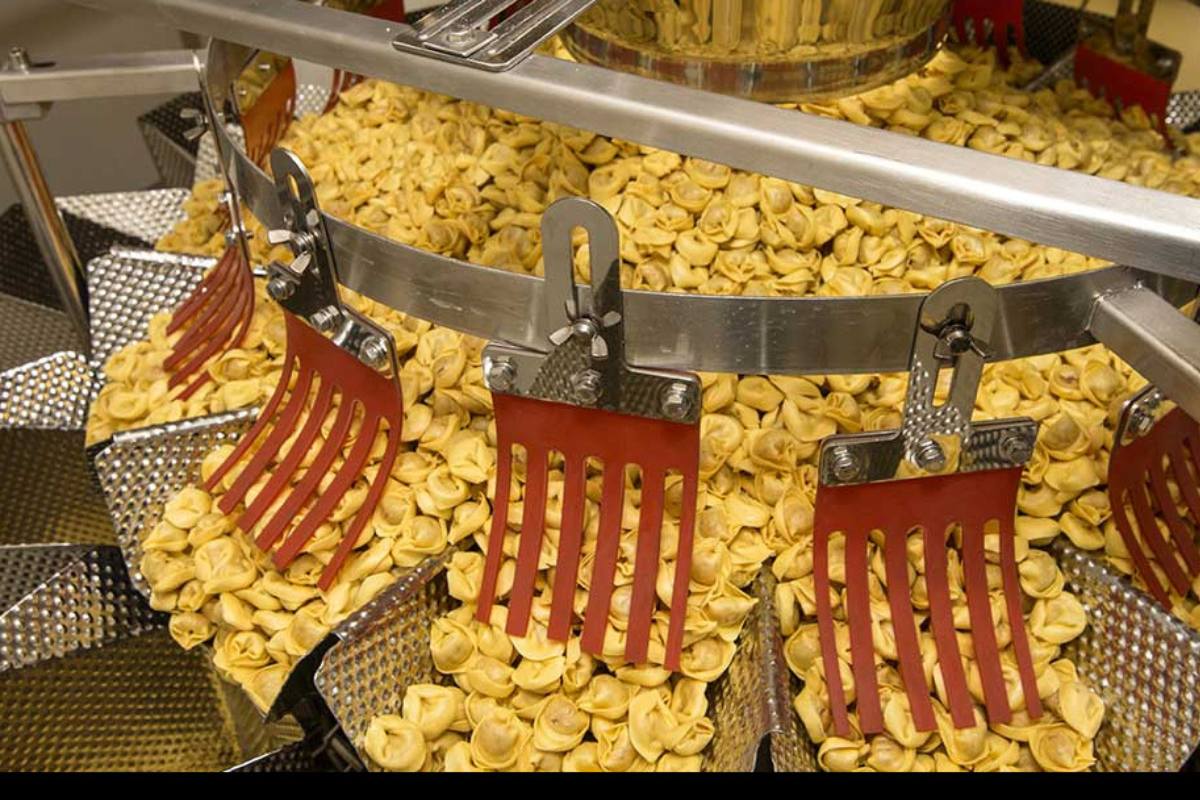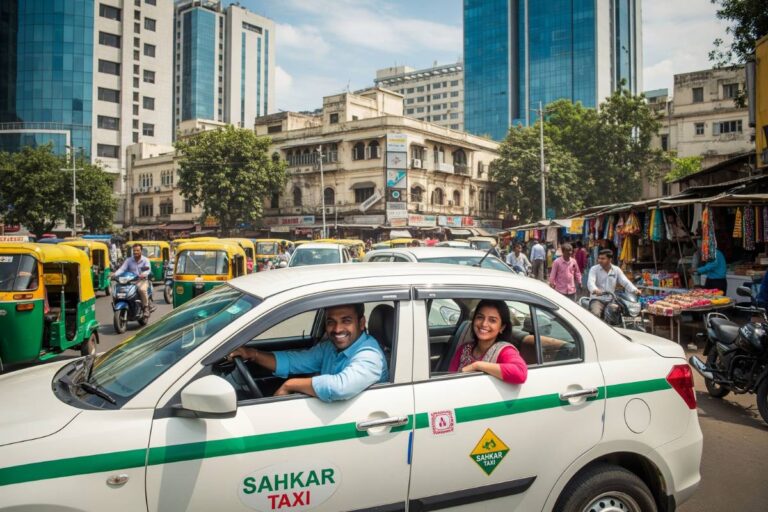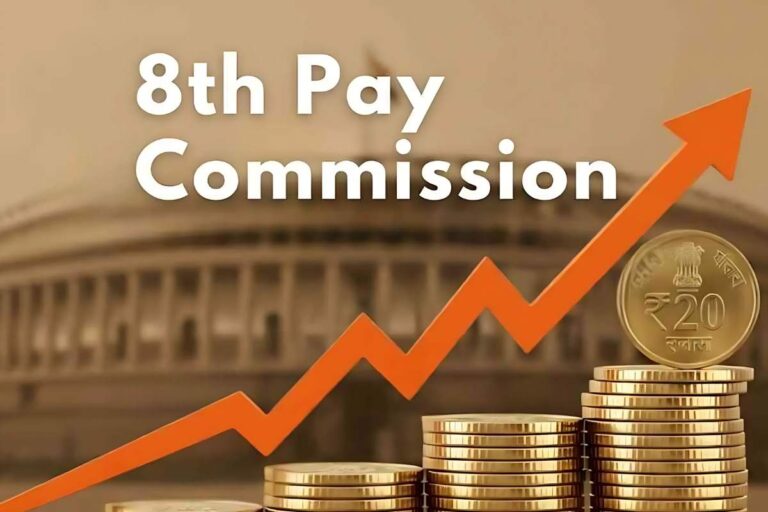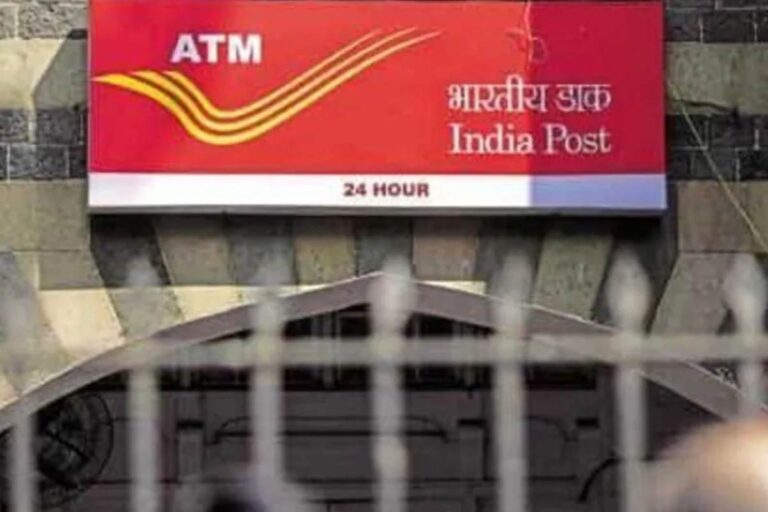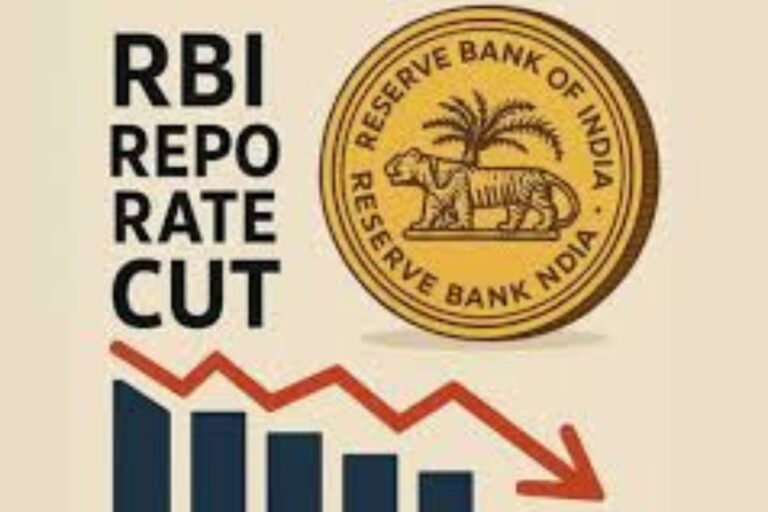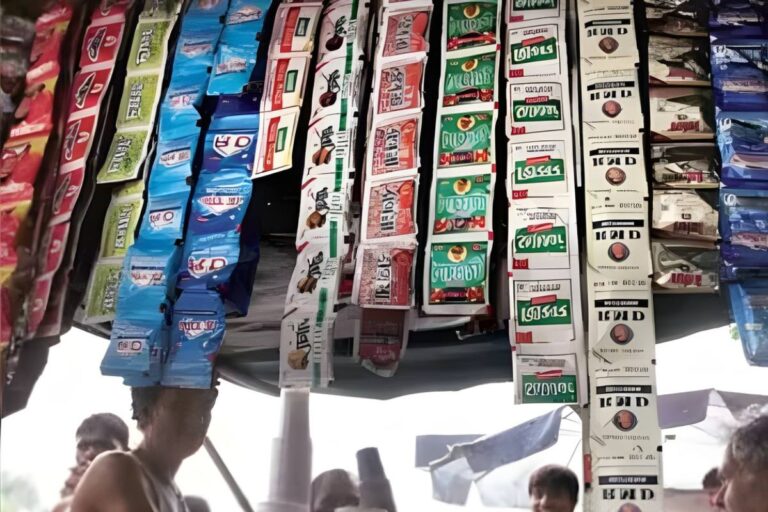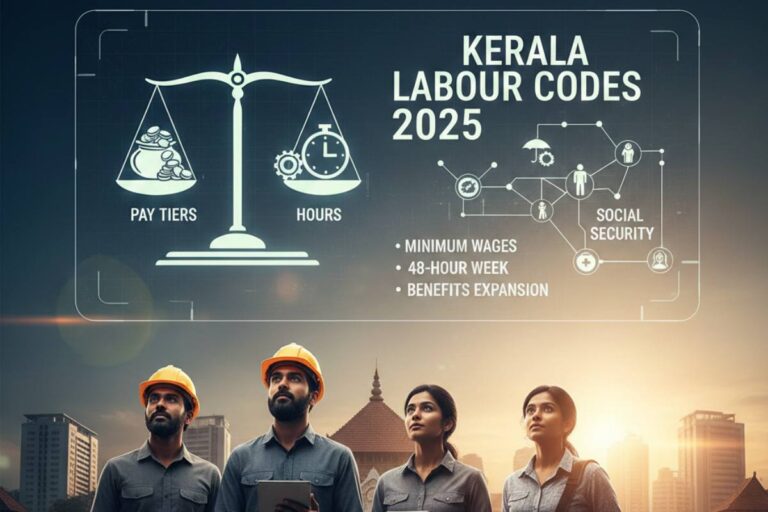Big Boost for Food Processing, Here’s the News
It’s official: India’s Union Cabinet, led by Prime Minister Narendra Modi, just greenlit a substantial financial outlay, ₹6,520 crore, for food processing. It’s not just a budget bump. It’s a clear signal: the government is doubling down on making India’s food sector more modern, safer, and globally competitive. This move, centered on the flagship Pradhan Mantri Kisan Sampada Yojana (PMKSY), could reshape how food reaches your table, and which global shelves Indian products land on next.
But why such a big number, and why now? To answer that, let’s wind our way through India’s food policy maze, agrarian realities, and the promise of a sector that feeds, employs, and, increasingly, exports.
Spotlight: Pradhan Mantri Kisan Sampada Yojana (PMKSY)
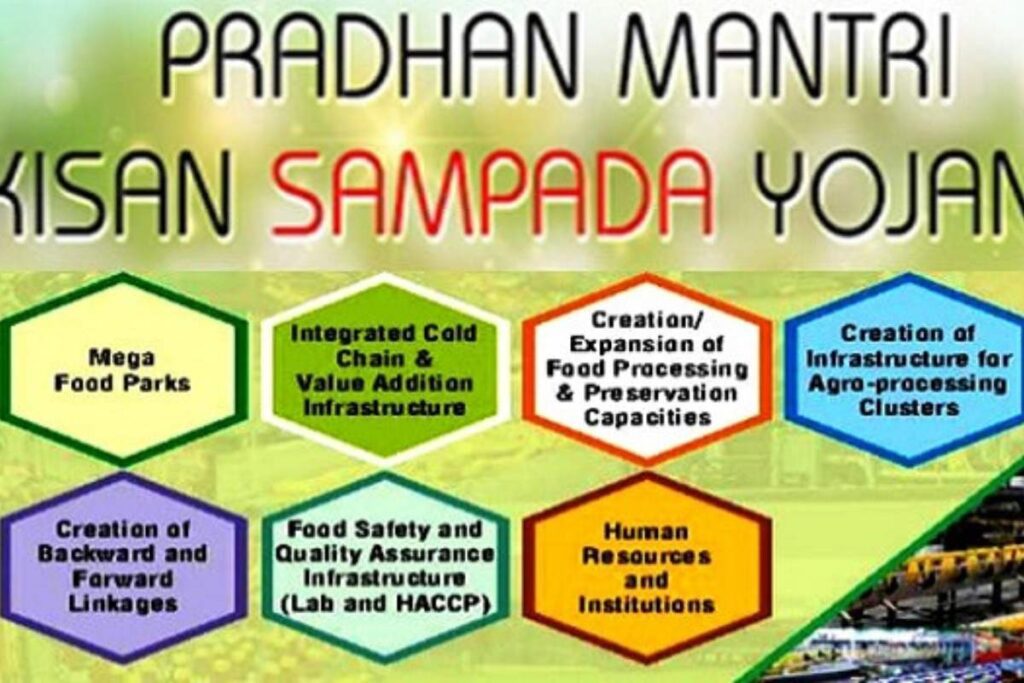
First, the core of the story. PMKSY isn’t new. Launched in 2017, it’s been the backbone of India’s efforts to streamline food processing, minimize post-harvest losses, and put more money in farmers’ pockets. Funny thing is, with every extension of this scheme, the numbers keep getting bigger, and so do expectations.
- Initial Launch: 2017, with ambitious goals for infrastructure and value addition.
- Recent Extension: Now stretches till the end of 2025-26 fiscal year.
- Boosted Allocation (2025): An added ₹1,920 crore pushes the total outlay up to ₹6,520 crore for the current planning cycle.
That’s a lot of zeros. Yet, it’s the purpose behind the money that makes headlines.
Why Food Processing, and Why Now?
India feeds over a billion people. That’s not hyperbole, it’s a daily challenge. Yet, a lot of what’s grown is lost, wasted, or spoils before reaching consumers, especially without adequate cold chains and preservation tech. Enter food processing: the sector that turns tomatoes into ketchup, milk into paneer, and fruit into juice. But there’s more.
- Reduces Post-Harvest Losses: Every year, millions of tonnes of produce perish. The right processing infrastructure, from cold storage to irradiation, can curb this waste drastically.
- Creates Jobs: The food processing industry already accounts for over 12% of the country’s total workforce.
- Boosts Farmer Incomes: Value addition means higher prices for what farmers produce.
- Fosters Exports: Better, safer, and branded products are export-worthy.
The Meat of the Cabinet Decision: Where the Money Goes
Here’s where it gets interesting. The new outlay isn’t vague. The government spells out the key targets for this big-ticket allocation:
Infrastructure First
- 50 Multi-Product Food Irradiation Units
- These facilities use advanced tech (yes, safe radiation) to extend shelf life and ensure food safety for everything from grains to spices.
- These facilities use advanced tech (yes, safe radiation) to extend shelf life and ensure food safety for everything from grains to spices.
- 100 NABL-Accredited Food Testing Laboratories
- The NABL (National Accreditation Board for Testing and Calibration Laboratories) stamp is crucial for food safety, domestic and international. So, these labs could open export avenues, reduce adulteration, and build consumer trust.
- The NABL (National Accreditation Board for Testing and Calibration Laboratories) stamp is crucial for food safety, domestic and international. So, these labs could open export avenues, reduce adulteration, and build consumer trust.
Scheme Components in Focus
- Integrated Cold Chain and Value Addition Infrastructure (ICCVAI)
- Supports projects that link farm gates to retailers, minimizing spoilage.
- Supports projects that link farm gates to retailers, minimizing spoilage.
- Food Safety and Quality Assurance Infrastructure (FSQAI)
- Ensures products meet both Indian and global benchmarks.
- Ensures products meet both Indian and global benchmarks.
- Other Schemes Under the Umbrella
- From mega food parks to smaller clusters, the funding covers a range of approaches, all demand-driven. By “demand-driven,” the government means: entities apply, show a plan, and, if it passes muster, a chunk of this fund follows.
- From mega food parks to smaller clusters, the funding covers a range of approaches, all demand-driven. By “demand-driven,” the government means: entities apply, show a plan, and, if it passes muster, a chunk of this fund follows.
And as for the leftover ₹920 crore? That’s slated for projects across the varied components of PMKSY, expanding the reach and impact of the scheme.
A Matter of Process: Who Can Apply, Who Benefits?
Funny thing is, while this sounds top-down, the scheme is structured for accessibility:
- Open to Public and Private Entities: From corporate giants to farmer producer organizations (FPOs).
- Expressions of Interest (EOIs): Invited from eligible applicants nationwide.
- Transparent Approval: Proposals are scrutinized against published guidelines, a far cry from the earlier, more opaque model.
What this means in practice: companies, cooperatives, and even enterprising individuals stand to gain if they meet the standards. The playing field, if not entirely flat, is significantly level.
Zooming Out: The Food Processing Sector in India, 2025 Snapshot
So, why is everyone focused on food processing? The answer’s in the numbers, and those tell a story of opportunity:
Market Size and Growth
- Among the Largest: As of 2024, India is one of the world’s fastest-growing food processing markets.
- Employs Millions: Estimates peg sector employment at over 12% of the national workforce, with 2.5 lakh new jobs created under production-linked schemes alone in recent years.
- Farmer Impact: Close to nine lakh farmers have benefited since PMKSY’s inception.
- Export Opportunities: With improved compliance and branding, Indian processed food products are showing up worldwide, from Dubai to London shelves.
Government Initiatives
It’s not just one scheme, there’s a bouquet:
- PLISFPI (Production Linked Incentive Scheme for Food Processing): Designed to make Indian food brands globally competitive; incentivizes scale and innovation.
- PMFME (Pradhan Mantri Formalisation of Micro Food Processing Enterprises): Targets micro-entrepreneurs with credit, tech, and training, especially in unorganized sectors.
And the government isn’t shy: 100% foreign direct investment (FDI) is permitted via the automatic route, making India open for global business.
Infrastructure Revolution: Mega Food Parks, Cold Chains, and More
Peek over the horizon, and you’ll spot these big-ticket infrastructures, all underpinned by schemes like PMKSY:
- Mega Food Parks: Think industrial parks, but for food, processing units, warehousing, logistics, all bundled together.
- Agro-Processing Clusters: Smaller, targeted hubs to enable farm-level value addition.
- Cold Chain Projects: Crucial for perishables; hundreds have come online, reducing waste and supporting farmers.
Numbers? By early 2025 alone 41 mega food parks, 394 integrated cold chains, and over 530 food processing units were sanctioned under PMKSY and its components. The result: enhanced capacity, expanded shelf life, and more efficient supply chains.
Farmers: The Intended Winners
Every policy release talks about farmers’ incomes, and it’s not just rhetoric. PMKSY’s design aims squarely at this:
- Higher Returns: By letting farmers tap into value chains, post-harvest profits aren’t lost to middlemen.
- Access to Markets: Infrastructure grants make it easier to get produce from fields to factories (and then to your fridge).
- Reduced Losses: Cold chains and irradiation mean less spoilage, even with irregular electricity or monsoon disruptions.
Quoting a senior government official: “The immense untapped potential of the Indian farm sector highlights the important role that domestic manufacturing can play when adequately supported by enabling government policies.” It’s an ongoing story, but the intent matters.
Safety, Exports, and the Road Ahead
Food safety isn’t just a domestic issue; it’s the passport for global trade. With 100 new accredited labs and cleaner processing, India is gunning for both safer domestic supply and higher exports.
- Compliance: International buyers demand traceability, low contamination, and steady standards. India’s increasing lab infrastructure helps build that trust.
- Brand India: Initiatives under PLISFPI support large exporters and micro-enterprises alike, aiming to transform domestic products into sought-after export brands.
And, perhaps most pivotally, improving food safety and standards at home means consumers get more nutritious, reliable food options at better prices.
The Investment Attraction: FDI and Business Opportunities
Here’s the kicker for businesses, both domestic and multinational: India’s food processing sector is now firmly open for investment.
- 100% FDI: Allowed in food processing through the automatic route.
- Special Incentives: From customs duty waivers to income tax exemptions on cold storage investments.
- World Food Events: The government’s push, including events like World Food India, is designed to showcase opportunities, attract global capital, and spark innovation.
The numbers tell their own tale: In recent cycles, over $7 billion was invested in food processing, with an accelerating trend as global supply chains diversify.
Balancing Growth With Inclusion and Sustainability
One thing about India, scale means complexity. The government isn’t just chasing big export wins, it’s also targeting small entrepreneurs, promoting “One District One Product” strategies, and tying food processing investments to rural development.
- Micro-Enterprises: Schemes like PMFME have already formalized two lakh micro-businesses.
- Women and Marginalized Groups: Over 2.27 lakh women are now employed in food processing, many in rural and semi-urban settings.
- Sustainable Practices: There’s a subtle shift: incentives now skew towards eco-friendly packaging, lower emissions processing, and reducing food waste throughout the value chain.
The Timeline: What Happens Next?
The newly approved funds are meant to be deployed during the 15th Finance Commission cycle (2021-22 to 2025-26), translation: it’s a five-year game plan, with spending and results staggered out.
- Immediate Impact: New food units, testing labs, and cold chains will see their plans accelerate.
- Yearly Reviews: Progress will be assessed, and course corrections made, via annual budget reviews, with further tweaks likely as needs emerge.
- Far End (2026): The expectation is for an export-ready, job-creating, waste-reducing food processing sector that’s in line with global standards.
Quick Takeaways (In Case You’re Skimming)
- ₹6,520 Crore Approved: Cabinet nod for food processing, focused on PMKSY scheme.
- Key Focus: Infrastructure, testing labs, irradiation units, integrated cold chains.
- Sectoral Goals: Minimize food waste, raise farmer incomes, create jobs, and cement India as a global leader in processed foods.
- Who Benefits: Farmers, entrepreneurs (big and small), consumers, and, ideally, the country’s trade balance.
- Next Steps: Funds are earmarked, proposals to be invited, expect a flurry of project launches and job postings.
Will This Change What’s on Your Plate?
Maybe not overnight. But as money flows to labs, cold storage, and processing hubs, ripple effects will follow: safer, tastier, longer-lasting food options; more competitive farmgate prices; and, quite likely, new Indian brands on global grocery shelves.
The real story? India’s food processing sector is getting its much-awaited infrastructure leap. The vision: a farm-to-fork supply chain that’s resilient, profitable, and globally respected.








